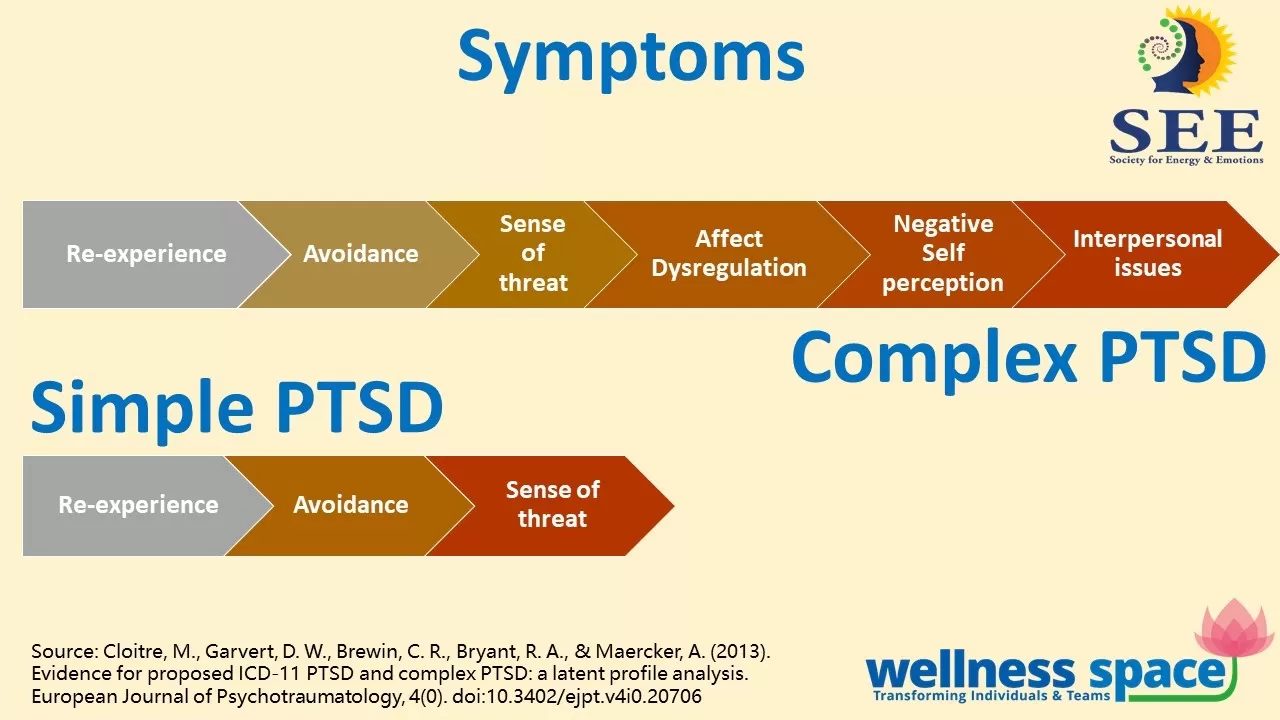What is PTSD?
Post Traumatic Stress Disorder (PTSD) is a psychiatric disorder that may occur in people who have experienced or witnessed a traumatic event such as a natural disaster, a serious accident, a terrorist act, war/combat, or rape or who have been threatened with death, sexual violence or serious injury[1]. PTSD affects approximately 3.5 percent of U.S. adults every year, and an estimated one in 11 people will be diagnosed with PTSD in their lifetime. Women are twice as likely as men to have PTSD.
People with PTSD have intense, disturbing thoughts and feelings related to their experience that last long after the traumatic event has ended. They may relive the event through flashbacks or nightmares; they may feel sadness, fear or anger; and they may feel detached or estranged from other people. People with PTSD may avoid situations or people that remind them of the traumatic event, and they may have strong negative reactions to something as ordinary as a loud noise or an accidental touch.
 Figure: Visual describing the core elements of Post Traumatic Stress Disorder (PTSD)
Figure: Visual describing the core elements of Post Traumatic Stress Disorder (PTSD)
The figure highlights the core symptoms experienced by the individuals as described by the concept of PTSD[3]. While there is subjectivity involved in understanding PTSD (simple vs complex, the manner in which the interview process follows the key steps), simple PTSD includes the core three symptoms of re-experiencing, avoidance and the sense of threat. This becomes more complex with the addition of mood (or affect) dysfunction, negative self-concept and interpersonal relationship issues.
PTSD assessment using PCL-C
The diagnosis of PTSD is further enhanced by three distinct symptom clusters:
- Re-experiencing the traumatic event through such phenomena as dreams, flashbacks and intrusive, distressing thoughts.
- Avoidance and numbing, are characterised by such phenomena as avoidance of trauma reminders and numbing of emotions and
- Hyper-arousal is characterised by such phenomena as difficulties sleeping and concentrating, irritability and hypervigilance.
Thus, a clear understanding of the nature of PTSD symptom clusters has the potential to inform both knowledge of how various PTSD symptoms develop and how these symptoms relate to co-occurring difficulties.
Recent research comparing two PTSD assessment scales validated PCL-C to be effective and consistent in the assessment of PTSD[4]. For perspective, as per DSM-IV criteria, three main PTSD checklists (PCL) were used, (a) PTSD-Specific, PCL-Military and PCL-Civilian (PCL-C). PCL-C has been used frequently and given the relevance of this work, we proceed with the use of PTSD-C. While, as per DSM-V, PCL has been revised to PCL-5, with 20 questions vs 17 used in PCL-C, given the prevalence and understanding of PCL-C, we propose to use that for primary assessment of PTSD. The basis for this decision is that PCL-C and PCL-5 were similar in the assessment the additional questions in PCL-5 did not significantly alter the estimates [4]. PCL-C is also similar to CAPS-5 and hence it can adequately represent our needs[5].
PCL-C is a 17 item self-assessment instrument widely used to measure PTSD like symptoms. The symptoms which constitute the PTSD diagnosis in the past 30 days, contain 3 major symptom clusters.
Items 1 to 5 – Re-experience
Items 6 to 12 – Avoidance
Items 13 to 17 – Hyperarousal
Our work on PTSD at Wellness Space
At the Society for Energy & Emotions, Wellness Space, we study PTSD, conduct research on it and also teach that in Module 6 of the Integrated Certification on Regression Therapy & Coaching. We use the Reconsolidation of Traumatic Memory as the primary intervention that includes evidence-based recent research on memory reconsolidation.
References:
[1] American Psychiatry Association Website https://www.psychiatry.org/patients-families/ptsd/what-is-ptsd
[2] Cloitre, M., Garvert, D. W., Brewin, C. R., Bryant, R. A., & Maercker, A. (2013). Evidence for proposed ICD-11 PTSD and complex PTSD: a latent profile analysis. European Journal of Psychotraumatology, 4(0). doi:10.3402/ejpt.v4i0.20706 Read more:
http://traumadissociation.com/complexptsd
[3] Source: Cloitre, M., Garvert, D. W., Brewin, C. R., Bryant, R. A., & Maercker, A. (2013). Evidence for proposed ICD-11 PTSD and complex PTSD: a latent profile analysis. European Journal of Psychotraumatology, 4(0). doi:10.3402/ejpt.v4i0.20706
[4] LeardMann, C. A., McMaster, H. S., Warner, S., Esquivel, A. P., Porter, B., Powell, T. M., Tu, X. M., Lee, W. W., Rull, R. P., Hoge, C. W., Millennium Cohort Study Team, Boparai, S. K., Carey, F. R., Castañeda, S. F., Geronimo-Hara, T. R. T., Jacobson, I. G., Kolaja, C. A., Matsuno, R. K., Millard, D. C., … Walstrom, J. L. (2021). Comparison of Posttraumatic Stress Disorder Checklist Instruments From Diagnostic and Statistical Manual of Mental Disorders, Fourth Edition vs Fifth Edition in a Large Cohort of US Military Service Members and Veterans. JAMA Network Open, 4(4), e218072.
[5] Weathers, F. W., Bovin, M. J., Lee, D. J., Sloan, D. M., Schnurr, P. P., Kaloupek, D. G., Keane, T. M., & Marx, B. P. (2018). The Clinician-Administered PTSD Scale for DSM-5 (CAPS-5): Development and initial psychometric evaluation in military veterans. Psychological Assessment, 30(3), 383–395. https://doi.org/10.1037/pas0000486


 Figure: Visual describing the core elements of Post Traumatic Stress Disorder (PTSD)
Figure: Visual describing the core elements of Post Traumatic Stress Disorder (PTSD)



Leave A Comment